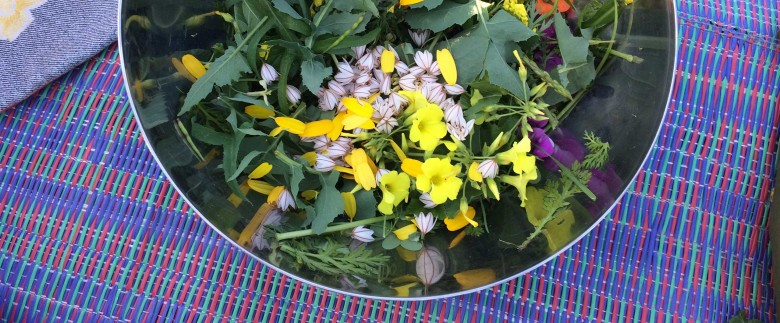Urban foraging. Yes, this is a real thing! Even if you live right in the city, you can find plants to forage. Very few supplies are needed to get started, making foraging an easy hobby to get into. Foraging is also a fun way to gather food to serve to your family and friends. You will surely get some “cool” points for showing up at a barbecue with a dish that includes foraged plants.
Lucky for us, there are a ton of edible plants that can be harvested right now in Western New York. But first a few guidelines for safe and sustainable foraging:
- Be 100% certain of the plant's identification. Use multiple sources to confirm what plant it is before you consume it for the first time.
- Only harvest in areas that are not subject to run-off and which have not been treated with chemicals.
- Consume a small amount of each new plant until you know how your body reacts to it.
- Harvest sustainably. Unless you are harvesting invasive plants, take only what you need and leave the plant population intact.
Here are some of my favorite plants to forage at this time of year. Of course, there are many additional foragable plants, but these are plants that are readily found around the city.
Wood Sorrel - Oxalis stricta
This is my absolute favorite plant to forage. Wood sorrel is a common “weed” in yards, gardens, and parks so you should have no problem finding this yummy plant. Both the leaves and the flowers are edible and delicious. The leaves bring a bright, lemony flavor to any dish, but they're fairly delicate, so I prefer to eat them raw in a salad or sprinkled on top of a dish after cooking. Wood sorrel, along with broccoli, spinach, and other commonly eaten foods, contain the organic substance oxalic acid. A diet high in oxalic acid can cause health concerns, so it is best to eat this plant in moderation. So forage in moderation, too!
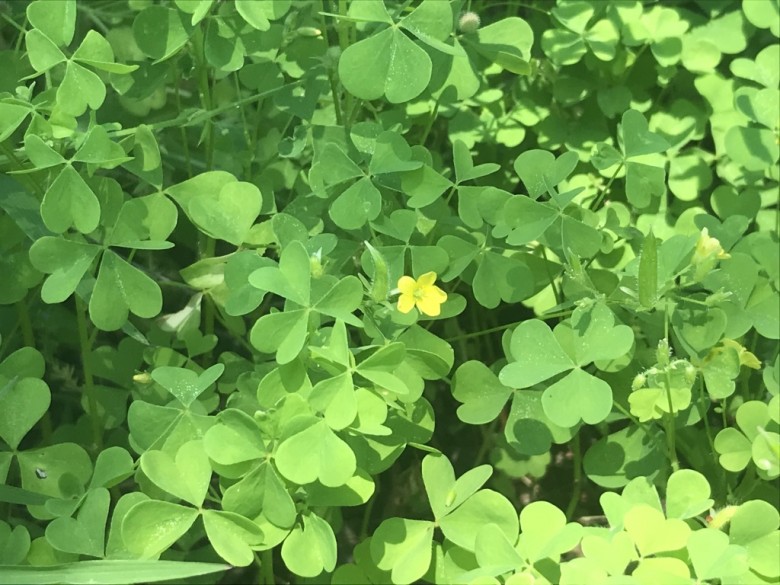
Staghorn Sumac- Rhus typhina
Staghorn sumac, often called the lemonade tree, is not poisonous! Poisonous sumac does exist in WNY, but it looks nothing like staghorn sumac. Harvest the cones when they are bright red and before the rain has washed away all their sour goodness. Taste test one of the “berries” (they are really just coated seeds) to see if it is sour enough before harvesting. To make sumac-ade, snip a few of the red cones, toss them in a pitcher of cold water, and let it sit overnight. Strain through a cheesecloth in the morning and sweeten as desired. You can also dry the “berries” and use them as a spice. Once dried, whiz them briefly in a blender or food processor to separate the seeds from the powder. Keep the remaining powder to add to any dish for a lemony twist or make the Middle Eastern spice blend za'atar.
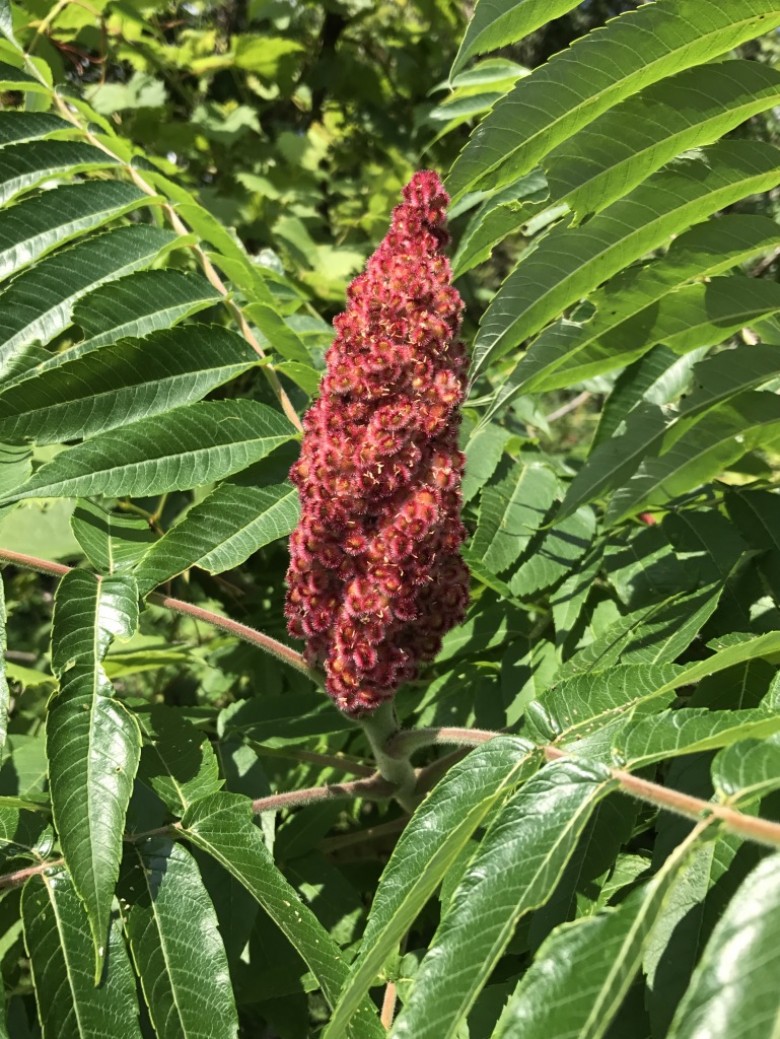
Garlic Mustard- Alliaria petiolata
Garlic mustard is highly invasive in Western New York, so familiarize yourself with this plant and harvest away! Depending on the season, you can eat garlic mustard’s leaves, flowers, roots, and seeds. This time of year, the leaves are too bitter to be eaten and the flowers have gone to seed. In July, harvest the seeds to use as a spice and to make homemade mustard. Use your favorite mustard recipe and substitute garlic mustard seeds for regular mustard seeds. Dig up the roots in the fall and use them in recipes as you would horseradish. Garlic mustard leaves and flowers can be foraged in the spring and used in pesto, soups, stews and sauteés. As the name suggests, their flavor is a marriage of garlic and mustard. Garlic mustard is in the same family as cruciferous veggies like broccoli, cabbage, and kale. These plants all have trace amounts of the toxin cyanide. I am no expert on the matter, but research shows that eating garlic mustard in moderation and blanching the leaves first greatly reduces the toxicity.
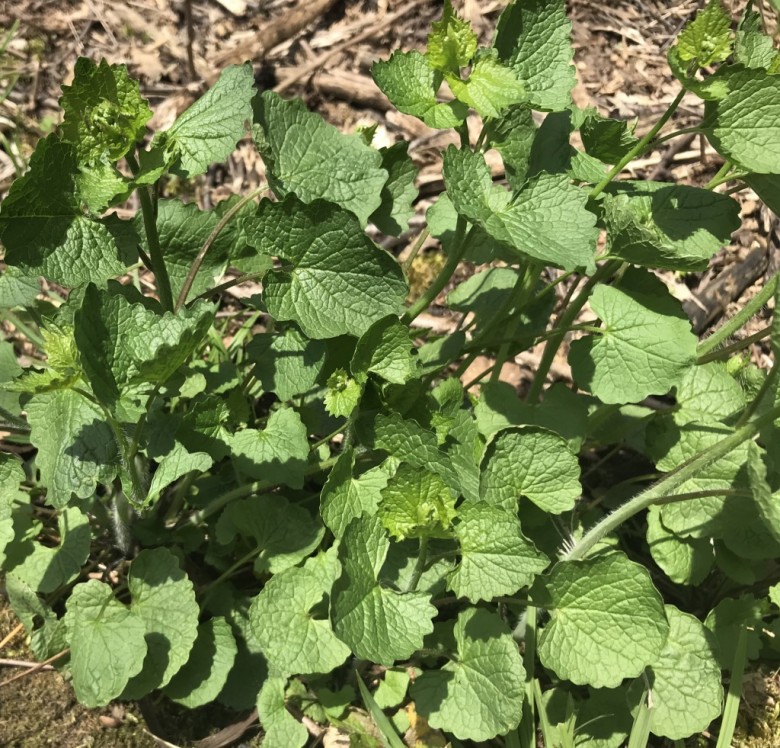
Common Daylily- Hemerocallis fulva
Feel free to harvest heavily as daylilies are also an invasive plant in Western New York. Be sure to correctly identify daylilies as many true lilies are not edible and can be toxic. One distinctive characteristic of daylilies is their underground tubers. True lilies have underground bulbs that look a lot different than the tubers of daylilies. The unopened flower buds, fully formed flowers, and tubers are all edible. Daylily flowers are a pretty addition to salads and anywhere you want an edible adornment. They do not lend a ton of flavor to a dish, but they are visually pleasing. The flower buds and tubers are where you find the flavor with daylilies. Try a simple sauté or batter and fry the flower buds. Treat the tubers like you would other root vegetables for a delicious addition to your meal. Some people do have allergic reactions to daylilies, so start out very small when consuming this plant.
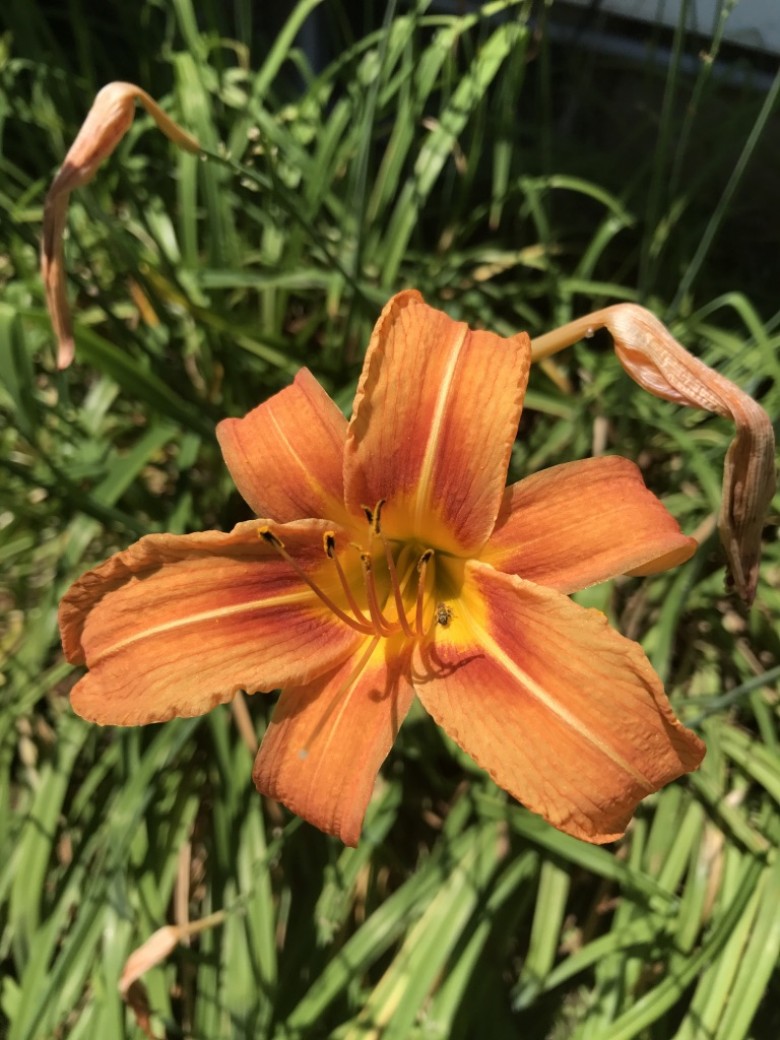
I hope that your interest in foraging has been piqued, and that you get out and give it a try. If you find yourself with a new love of foraging, purchase a good plant ID and foraging book.
The suggested plants are all plants I have eaten with no problems, but that in no way means there couldn’t be a problem with someone else. Always use caution when trying foraged food for the first time and confirm plant ID from a reputable source.
